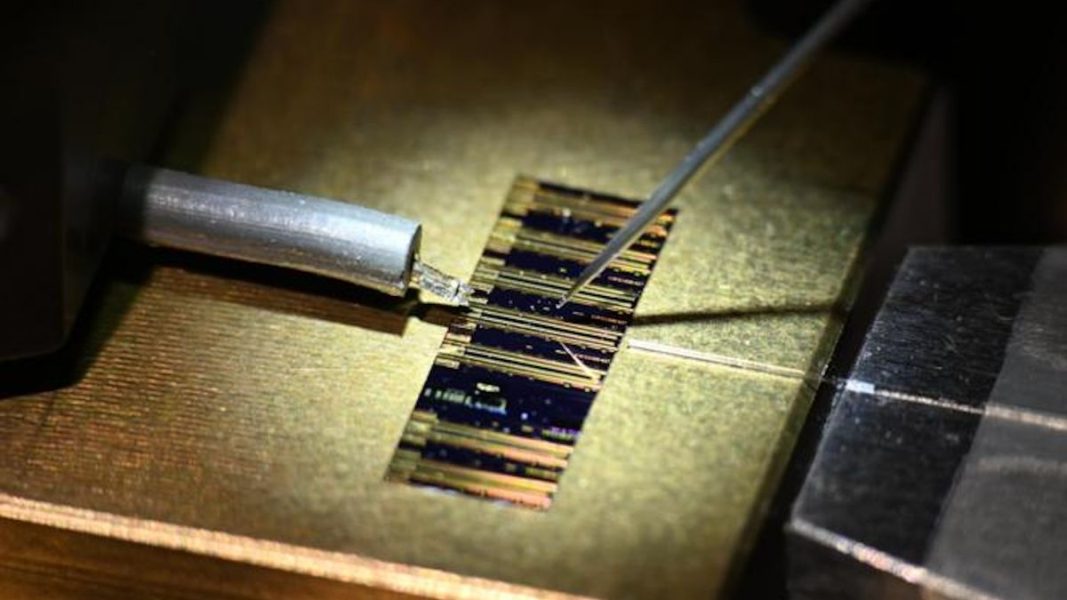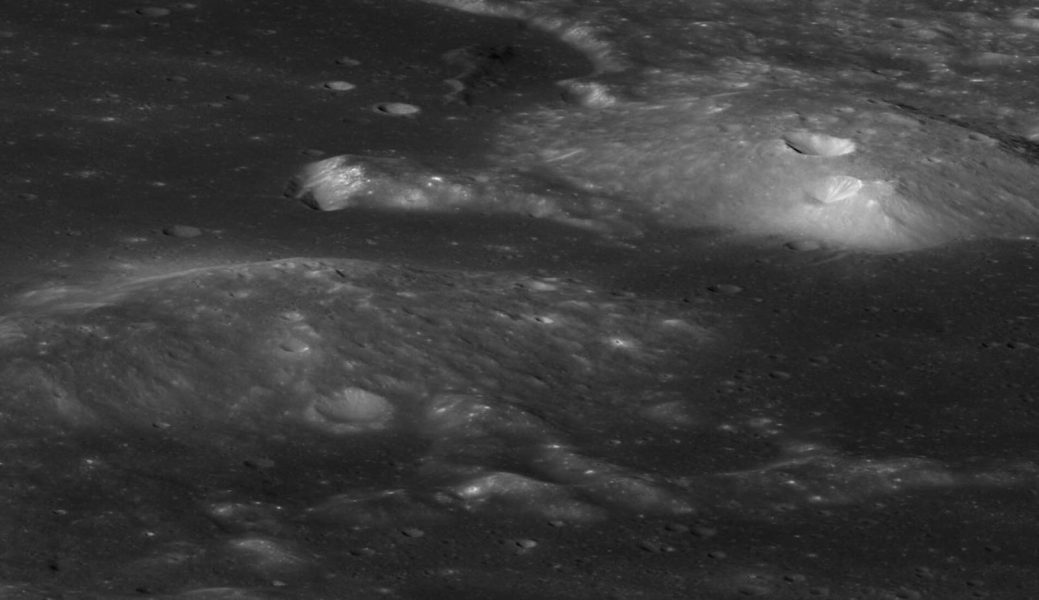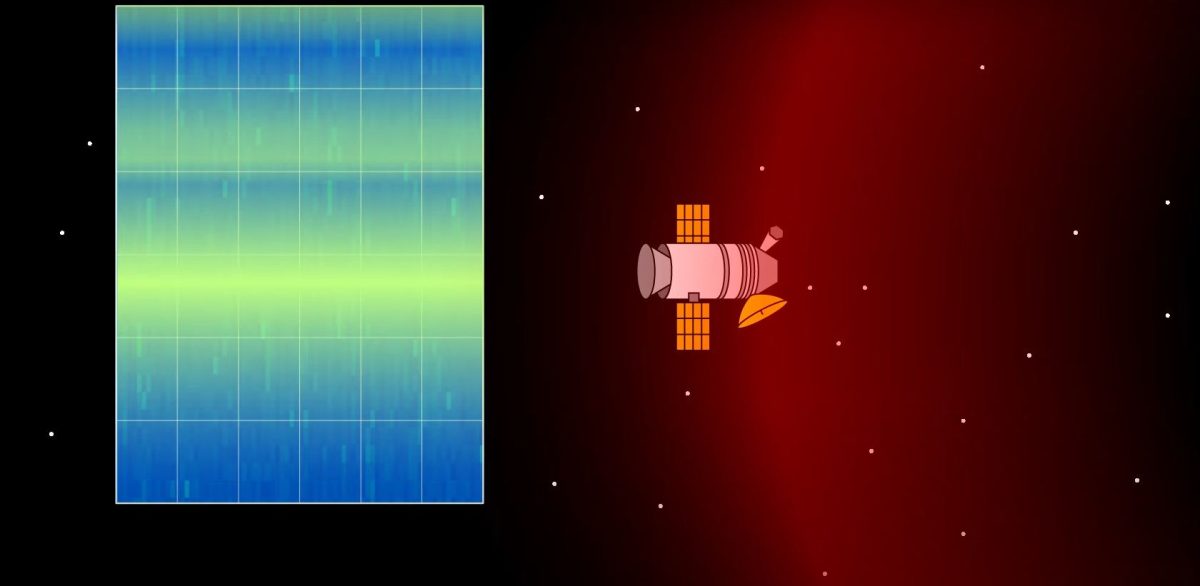Scientists May Have Finally Discovered What’s at the Core of a Black Hole – Indian Defence Review

Black holes have long been considered cosmic enigmas, hiding their deepest secrets beyond the event horizon. But a new breakthrough using quantum computing and machine learning may have just revealed what actually lies at their core. Scientists are now mapping the quantum fabric of black holes, uncovering structures that could rewrite our understanding of space, time, and gravity. Could this discovery be the first step toward solving one of the greatest mysteries in physics?Black holes have long been one of the most mysterious and mind-bending phenomena in the universe. These cosmic giants, formed from the remnants of dying stars, are infamous for their immense gravitational pull, which is so strong that not even light can escape. For years, scientists have been fascinated by the nature of black holes, particularly the question of what exists at their core, beyond the event horizon, where the laws of physics appear to break down. Now, through the groundbreaking use of quantum computing and machine learning, researchers have made significant progress in understanding the structure of black holes, possibly revealing the secrets of their inner workings.A team of physicists, led by Enrico Rinaldi at the University of Michigan, has applied quantum matrix models—a type of simplified mathematical representation used to simulate quantum systems—to explore what might lie at the core of these cosmic mysteries. Their work, which is based on the holographic principle, suggests that the information of a black hole may not be contained in the three-dimensional space of the black hole itself, but rather encoded on its two-dimensional surface. This theory proposes that the quantum properties of particles inside a black hole are tied to the gravitational phenomena that govern it, bringing together gravity and quantum mechanics—two realms of physics that have remained largely unconnected.The gap between general relativity—Einstein’s theory that describes gravity—and quantum mechanics, which governs the behavior of particles at the smallest scales, has long been a fundamental challenge in physics. These two theories, though both extraordinarily successful in their respective domains, do not mesh well together, especially in extreme environments like the interior of a black hole. General relativity treats gravity as the curvature of space-time caused by mass, while quantum mechanics deals with the discrete nature of matter and energy at the atomic level. The inability to reconcile these two frameworks has led scientists to search for a unified theory of quantum gravity, one that can explain both the behavior of the smallest particles and the workings of large cosmic bodies like black holes.Rinaldi’s work with quantum matrix models offers an exciting avenue for progress. These models allow scientists to simulate the behavior of quantum particles in black holes, using computational methods that have never been applied to black hole physics before. By studying these particles and their interactions, the team is hoping to gain deeper insights into how gravity operates within black holes and how it might be related to quantum mechanics. Rinaldi explains, “We hope that by understanding the properties of this particle theory through the numerical experiments, we understand something about gravity,” acknowledging the challenges that remain in solving particle theories and the essential role that computers can play in advancing this field.The key to understanding black holes, and by extension, the behavior of the universe at its most extreme, lies in understanding the ground state of the system inside the black hole. The ground state refers to the lowest energy state of a quantum system, and in the case of black holes, it is essential for understanding their internal structure. The challenge is that the quantum system inside a black hole is immensely complex, with a large number of particles interacting in unpredictable ways. Finding the ground state among all the possible states requires advanced computational methods and extreme precision, and this is where quantum computing comes in.Quantum computers operate on qubits, which differ from traditional bits in that they can represent multiple states simultaneously through the principle of superposition. This ability to process a vast amount of information in parallel makes quantum computers particularly well-suited to solving complex problems in quantum physics. To understand the ground state of a black hole, the team utilized quantum circuits to simulate the quantum behavior of particles under extreme gravitational conditions. Rinaldi elaborates on the importance of the ground state, stating, “It’s really important to understand what this ground state looks like, because then you can create things from it,” comparing it to understanding whether a material is a conductor or superconductor, or if it is strong or weak. However, identifying this ground state among all possible states is a difficult task, which is why the team uses numerical methods to enhance the accuracy of their results.An innovative approach to solving the black hole puzzle involves a fascinating analogy involving music. The quantum circuits used in the study can be understood as musical compositions, where each qubit is like a note in the piece. The qubits are processed through the quantum gates, which are essentially the operations that transform one state to another, much like the way a composer arranges notes in a melody. The challenge is that scientists do not know which operations (notes) to apply at each step. This uncertainty is addressed through the shaking process—a technique that tweaks the gates, fine-tuning the quantum system to eventually arrive at the correct ground state, much like finding the perfect melody. As Rinaldi puts it, “You can read them as music, going from left to right… if you read it as music, you’re basically transforming the qubits from the beginning into something new each step. But you don’t know which operations you should do as you go along, which notes to play.”In this process, the quantum circuit acts like a musical score that is slowly refined through experimentation, until it reaches the final ground state, which holds the key to unlocking the deep mysteries of black hole physics. By using these quantum algorithms, the team hopes to achieve a level of precision in understanding the behavior of quantum particles inside black holes, ultimately providing a roadmap for future discoveries in quantum gravity.The discoveries made by Rinaldi and his team represent a major step forward in our understanding of the most extreme environments in the universe. While the challenges of computing in quantum physics remain immense, the use of quantum circuits and machine learning algorithms could ultimately lead to a more complete theory of quantum gravity—one that could unify gravity and quantum mechanics into a single, cohesive framework. This would not only solve many of the long-standing questions about black holes, but also provide new insights into the fundamental nature of space-time itself.As quantum computing technology advances, it could serve as a powerful tool in unlocking even more secrets of the universe. In the near future, it may help answer questions about other cosmic phenomena, such as dark matter and dark energy, and perhaps even provide insight into the origins of the universe. While the road ahead is long, these findings represent a pivotal moment in our quest to understand the true nature of the cosmos and the forces that govern it.Got a reaction? Share your thoughts in the commentsEnjoyed this article? Subscribe to our free Newsletter for engaging stories, exclusive content, and the latest newsComment Save my name, email, and website in this browser for the next time I comment.
© 2024 | Indian Defence Review | All rights reserved
Source: https://indiandefencereview.com/scientists-discovered-core-of-a-black-hole/






